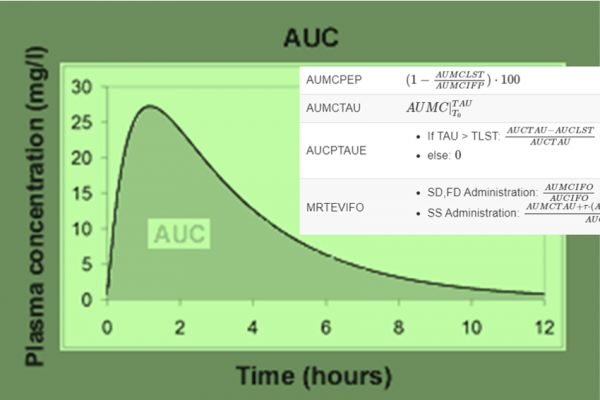Population QSP Modeling
The Customer
Our Customer is one of the largest pharmaceutical companies discovering and creating advanced innovative therapies to meet the health needs of people and societies around the globe. Their tens of thousands of dedicated scientists, manufacturing specialists, researchers, communicators, and regulatory experts are each focused on developing new products and new ways to help people manage some of the most serious health conditions.
The Challenge
Since many years the client’s Quantitative Systems Pharmacology (QSP) modeling team had been actively exploring how to best leverage the inhouse available data to improve their models and to better understand disease mechanisms on an individual patient level. Models were developed and tuned to mean clinical data, simulations were performed and projects supported. What was lacking was the possibility to perform estimation of parameters based on individual level clinical data, allowing to gain improved insight into individual phenotypes and their link to the effectiveness of the treatment. The underlying reason was that the considered QSP model are fairly complex and the parameter estimation technology that is typically used for parameter estimation in a population setting (NLME, NONMEM, MONOLIX, etc.) is simply not accurate or fast enough to handle such tasks in a practically feasible manner.
IntiQuan was asked if we could support estimation of individual level parameters in a QSP model for Rheumatoid Arthritis, using data from >500 patients obtained in Phase 3 studies. The underlying QSP model consisted of more than 90 differential equations.
Why IntiQuan
IntiQuan team members are experts in parameter estimation, identifiability analysis – not limited to population modeling in NONMEM or MONOLIX. We have invested a tremendous amount of time in development of methodology for parameter estimation also in more complex models, benefitting also simpler models for certain important applications.
The Solution
The solution in this case was fairly simple. IQR Tools, the IntiQuan own R based Modeling and Simulation software, was used right out of the box to:
- Implement the MATLAB/Simbiology based proprietary RA model of the customer in R
- Represent the observed Phase 3 data
- Perform identifiability analyses to assess which of the many parameters in the model might be identifiable, given the available data
- Estimate parameters (mean values)
- Perform identifiability analysis to assess which of the parameters might benefit from consideration of inter-individual variability
- Estimate determined parameters of interest considering inter-individual variability
- Performing simulations of the QSP for populations of virtual patients that were obtained through sampling from the estimated population parameters
- Transfer of the analysis to the customer to allow the customers QSP group to perform own analyses based on the developed model. This transfer was very smooth as the customer installed the IntiQuan IQ Desktop system which allowed the customer to use the identical computational environment as used at IntiQuan.
The Benefit
Since the customer had explored potential approaches at Population QSP modeling over many years without finding a feasible solution, the project was only considered experimental. Once the QSP modeling group presented their findings based on the IntiQuan developed Population QSP model to their Head of Research it was decided that the same approach will be used in support of every drug development project.
More Information
- The engine needed to conduct Population QSP Modeling is available within the IQR Tools package
- IQR Tools is installed on IQ Desktop




